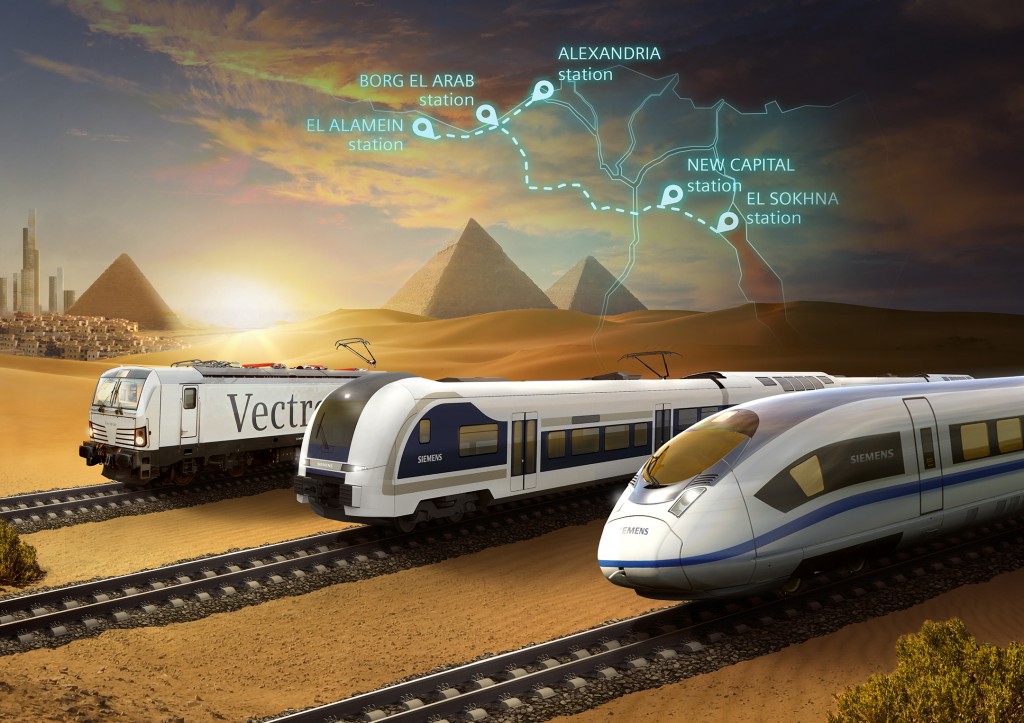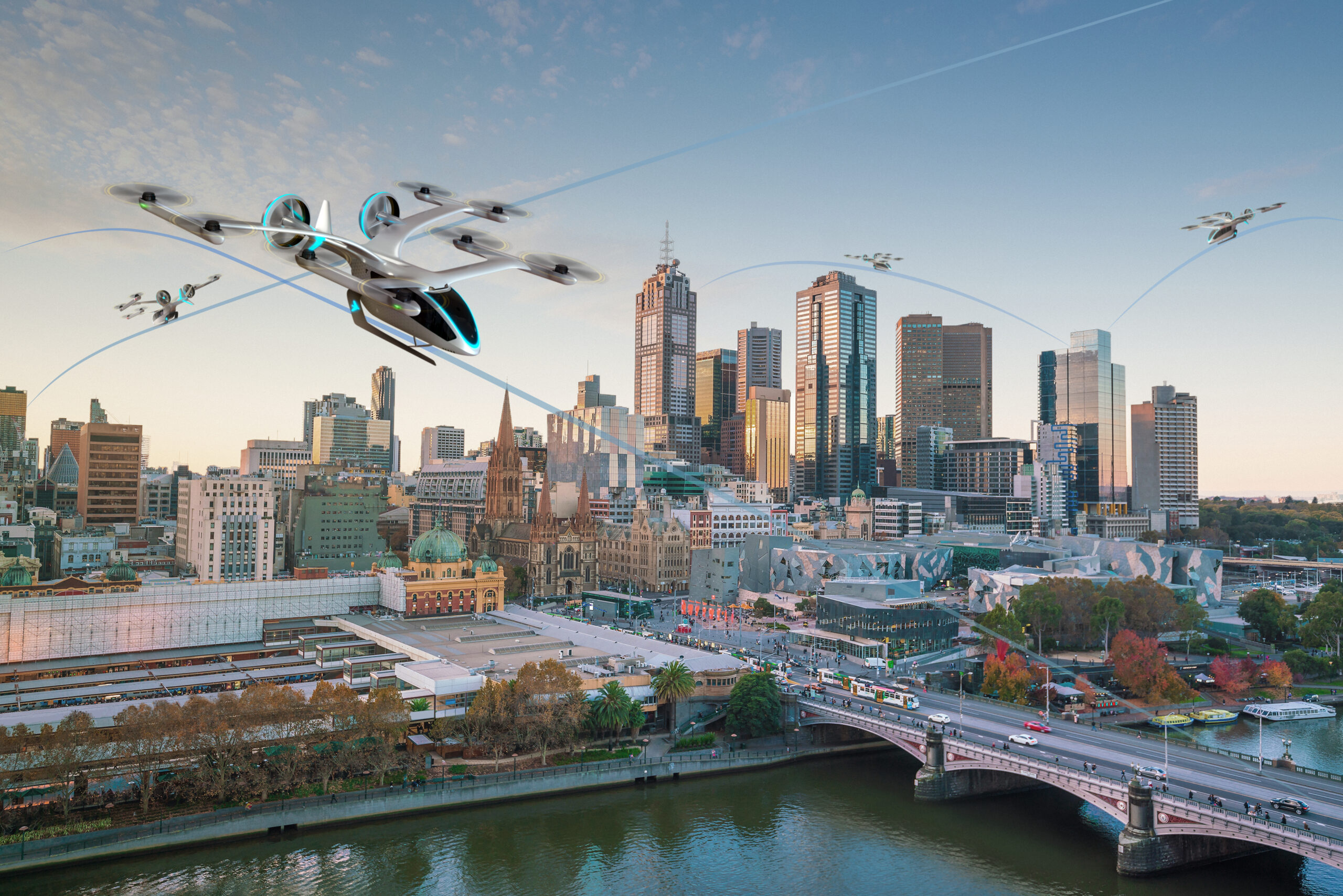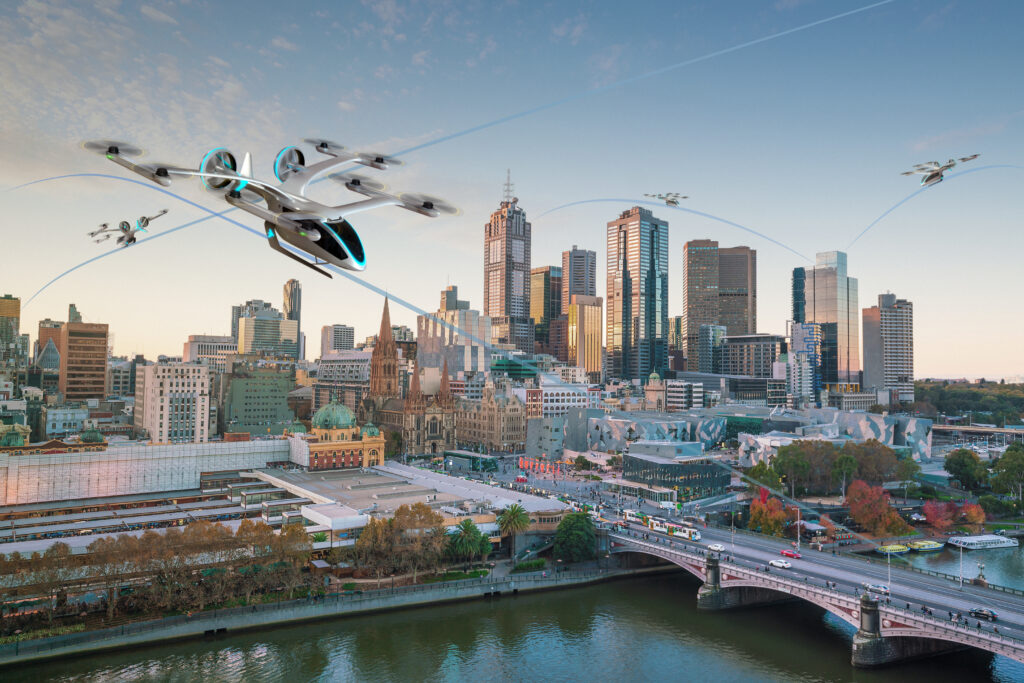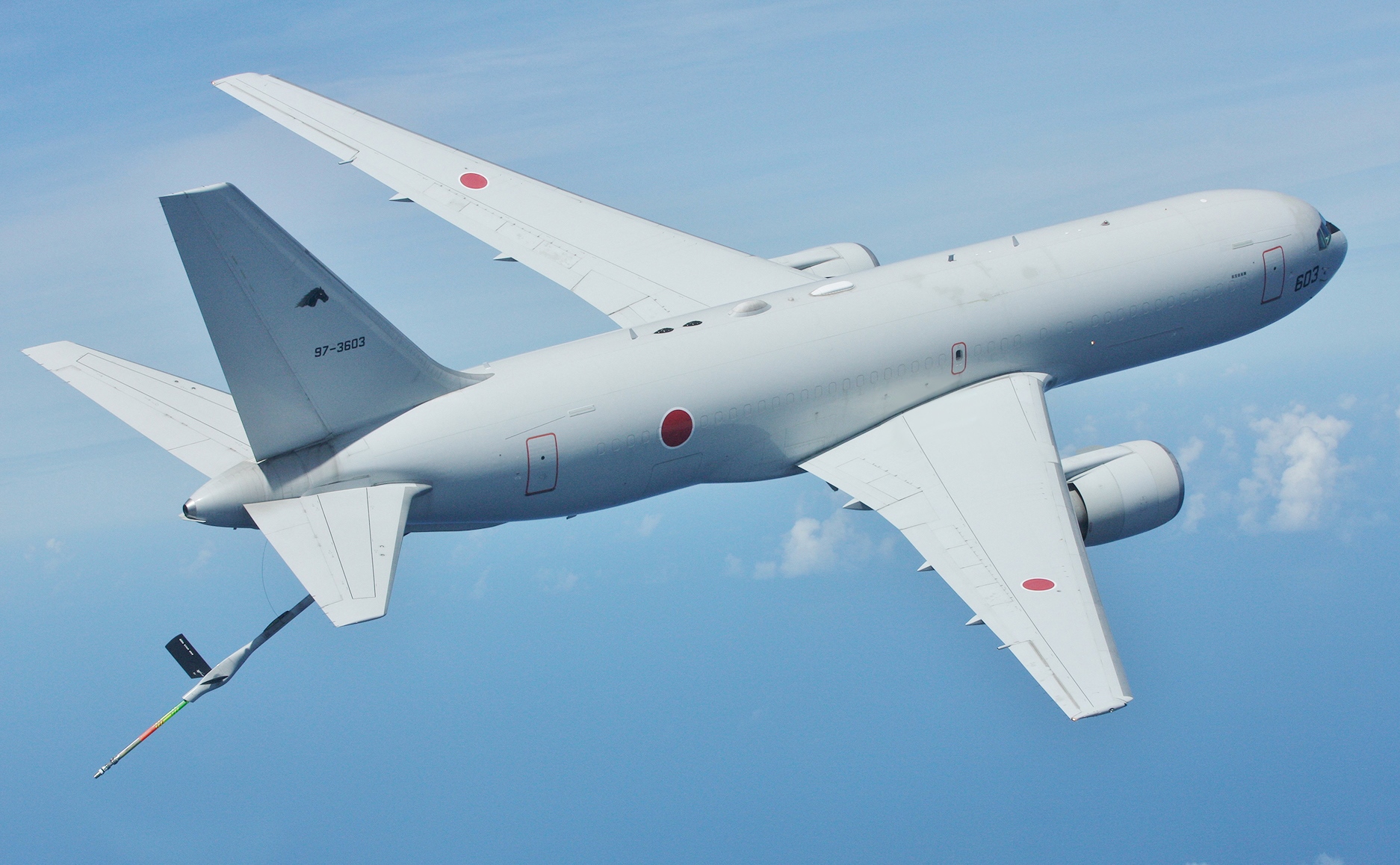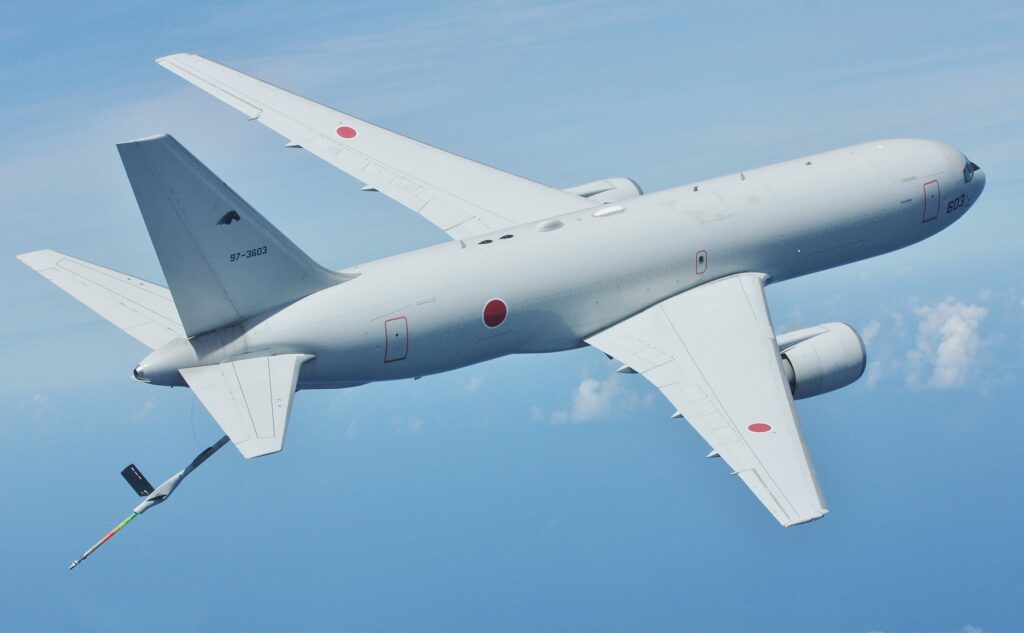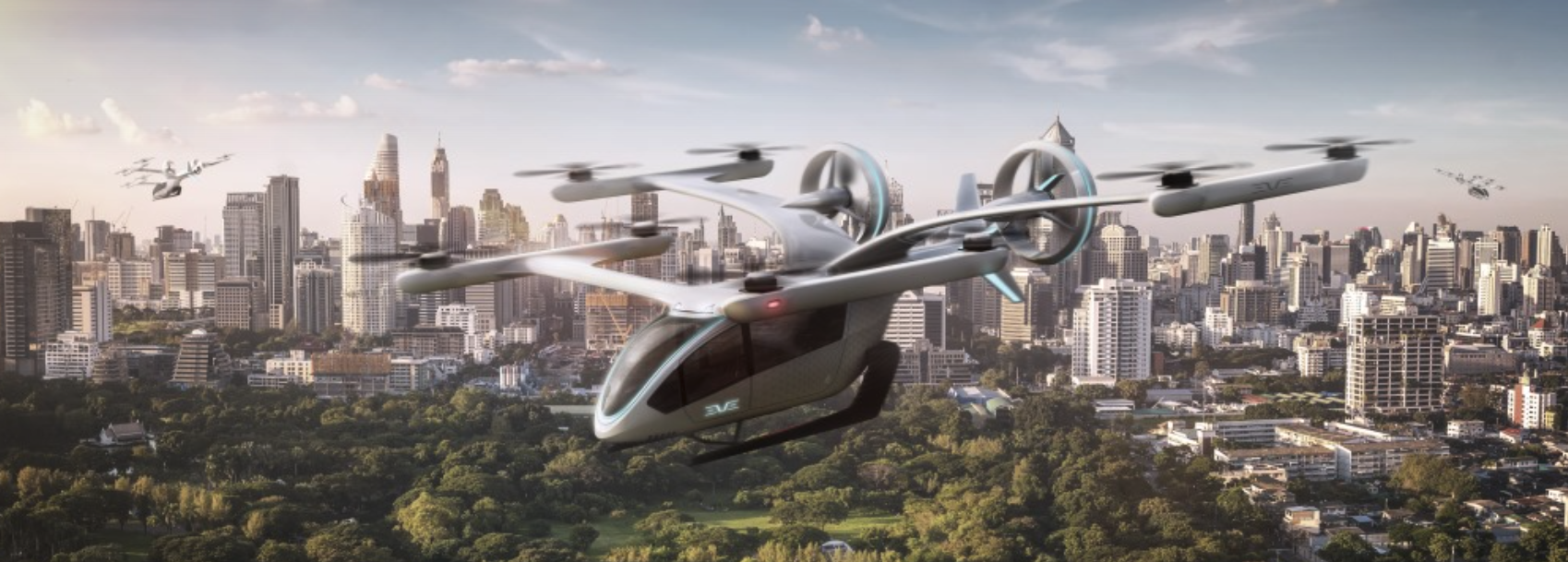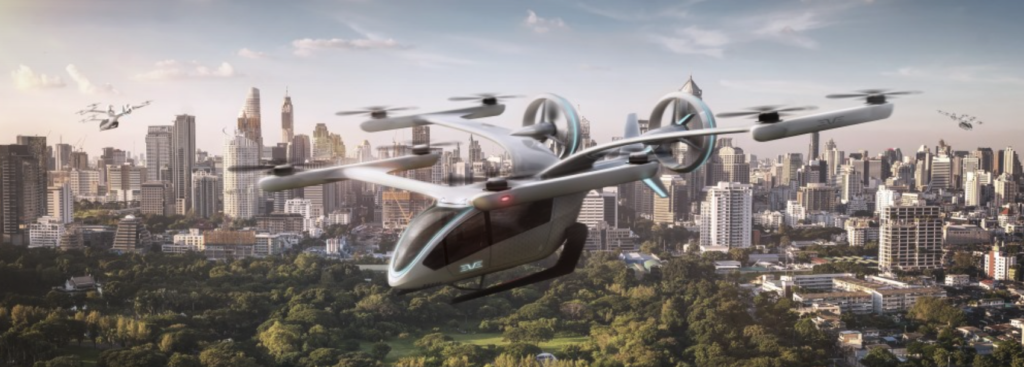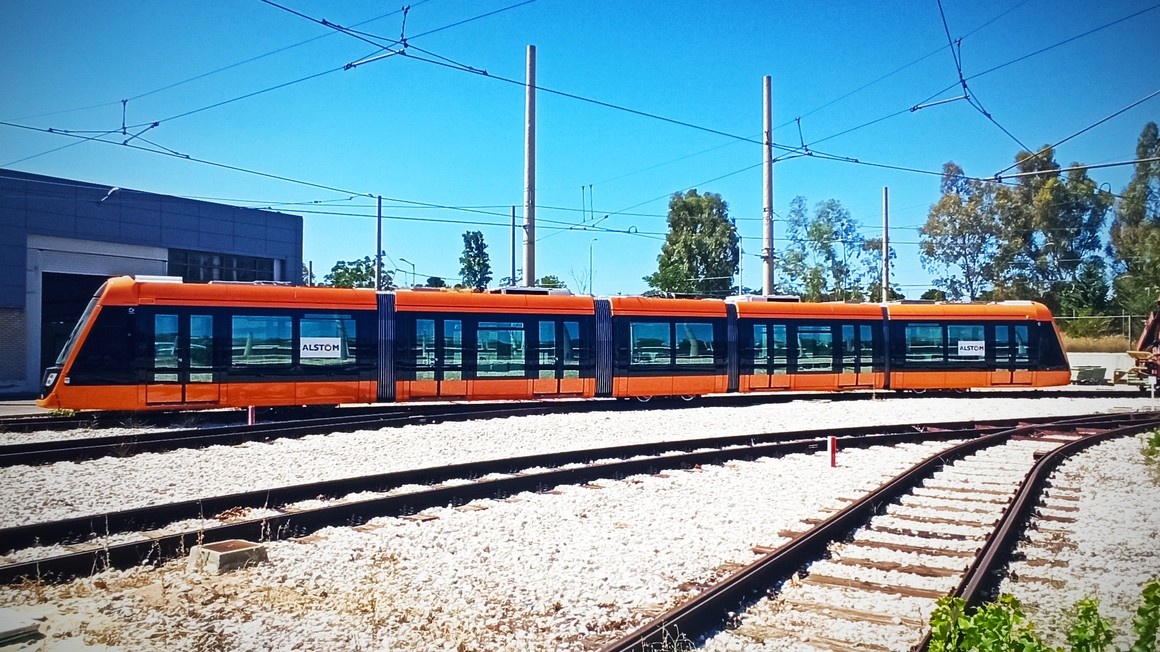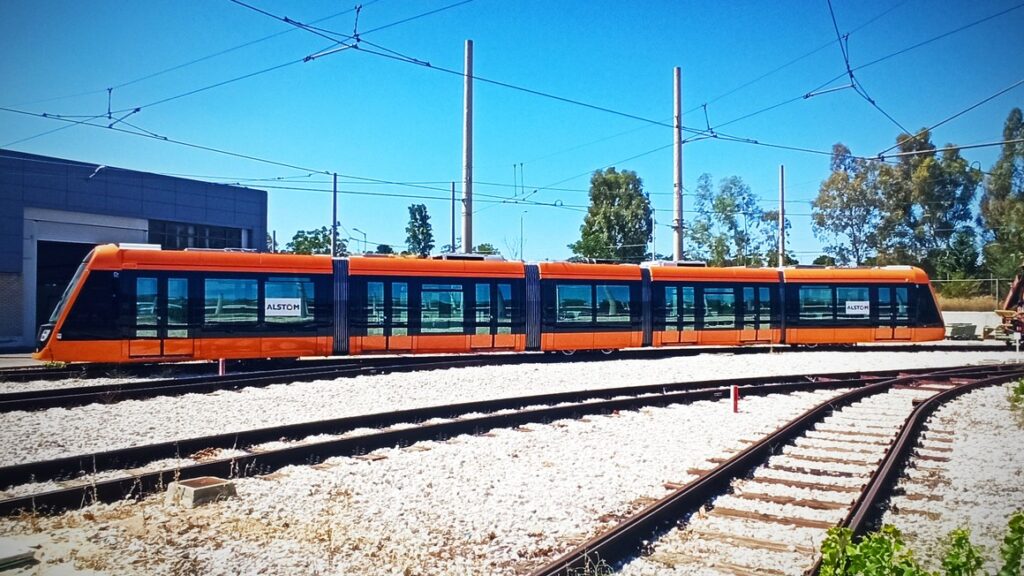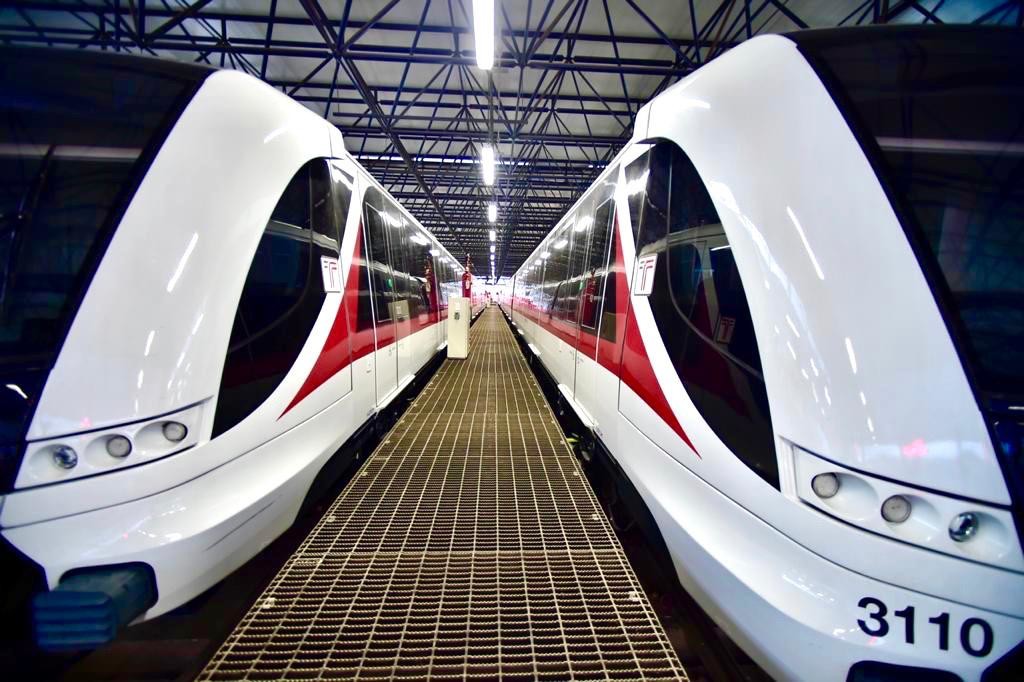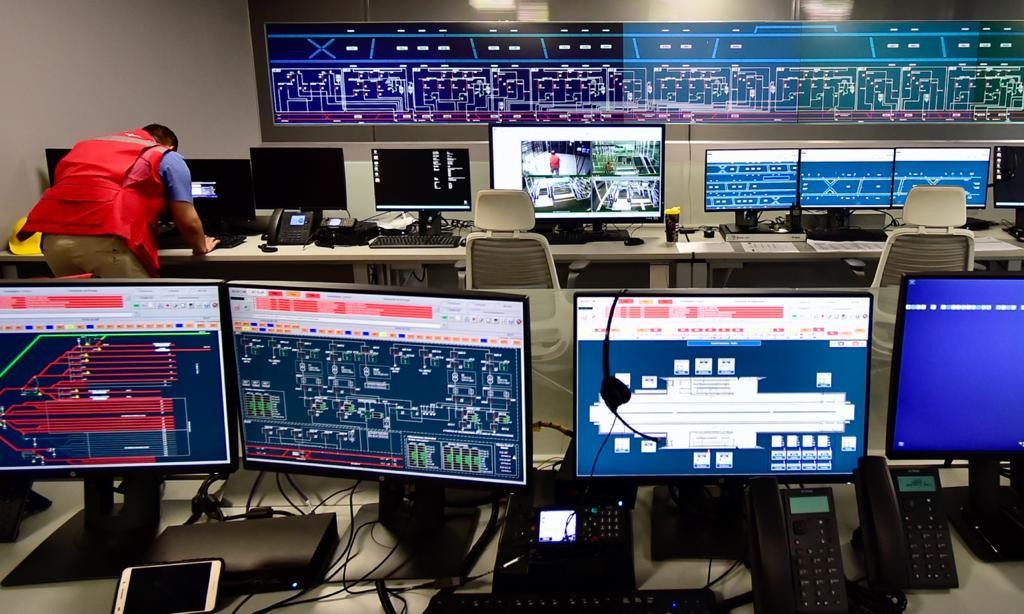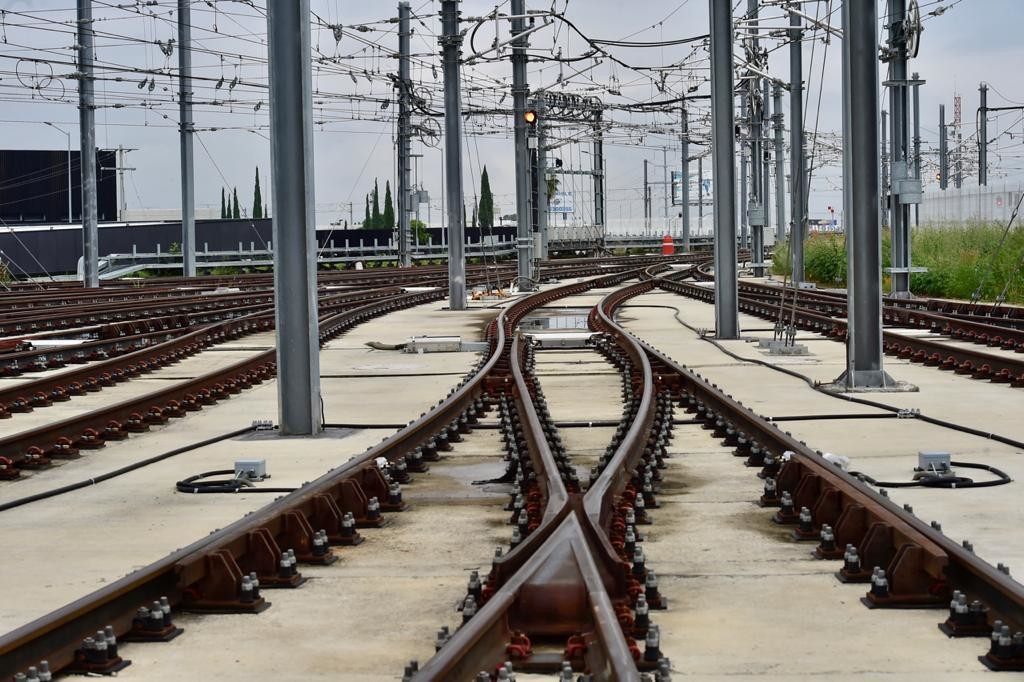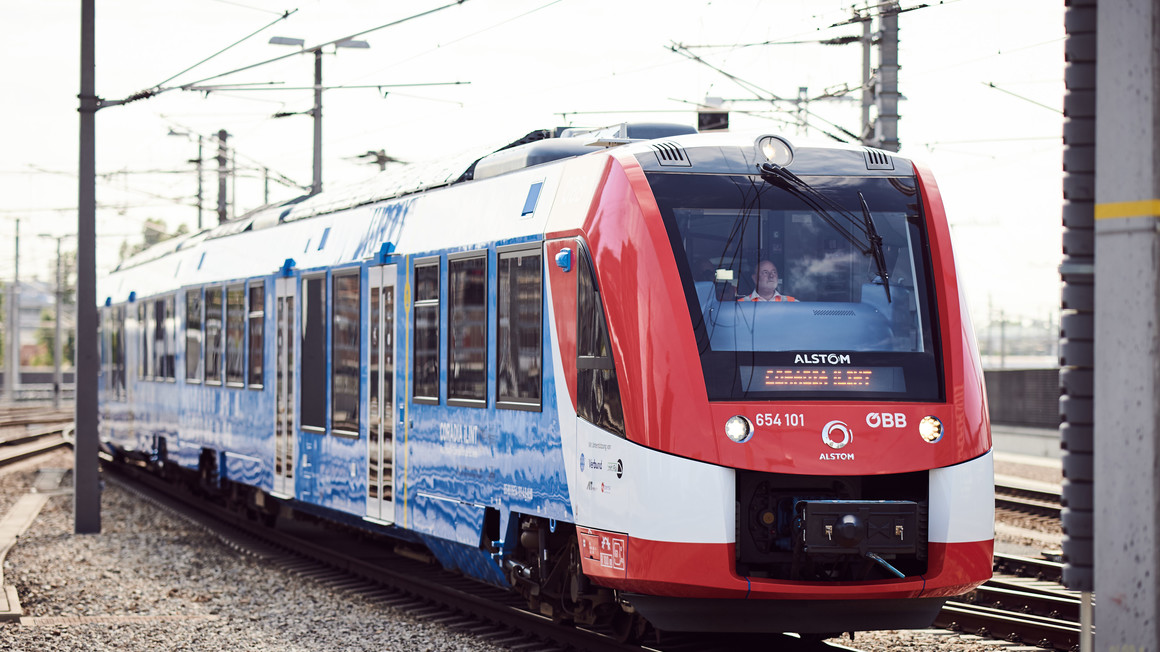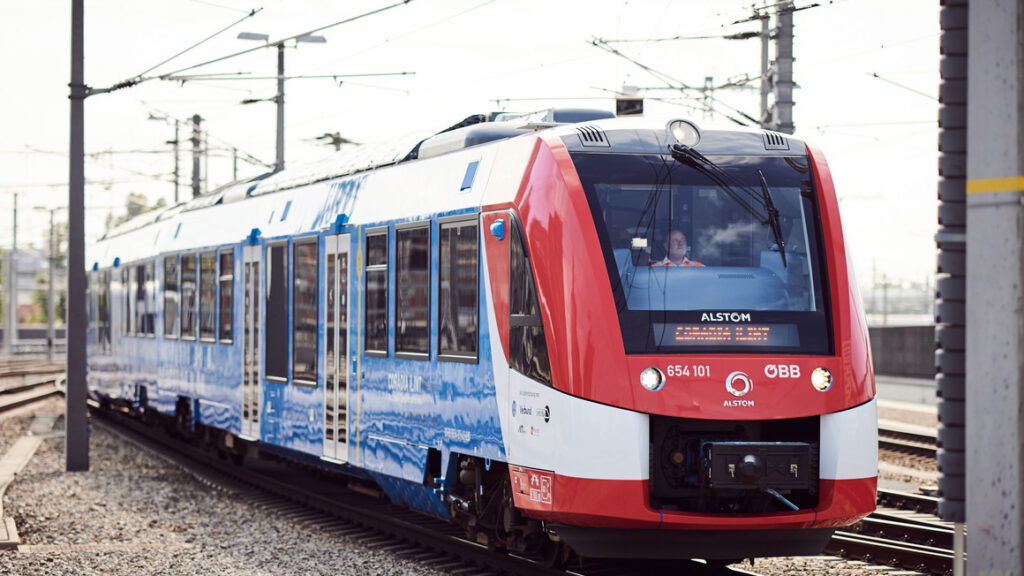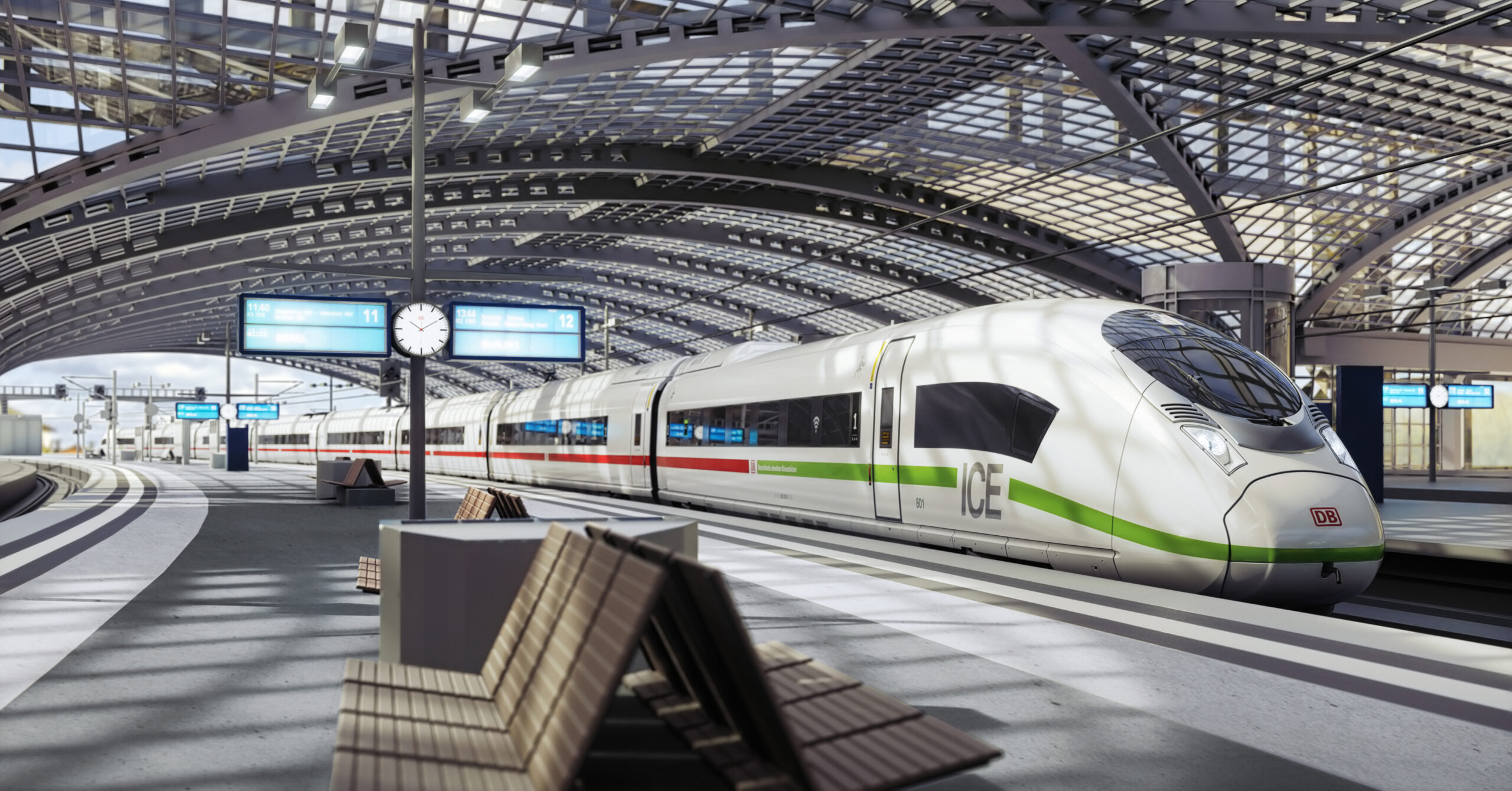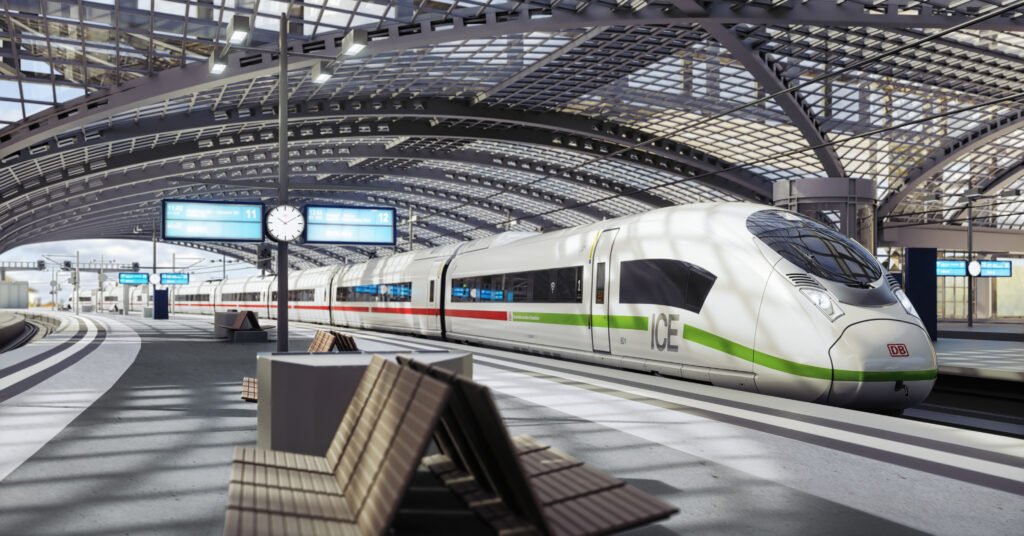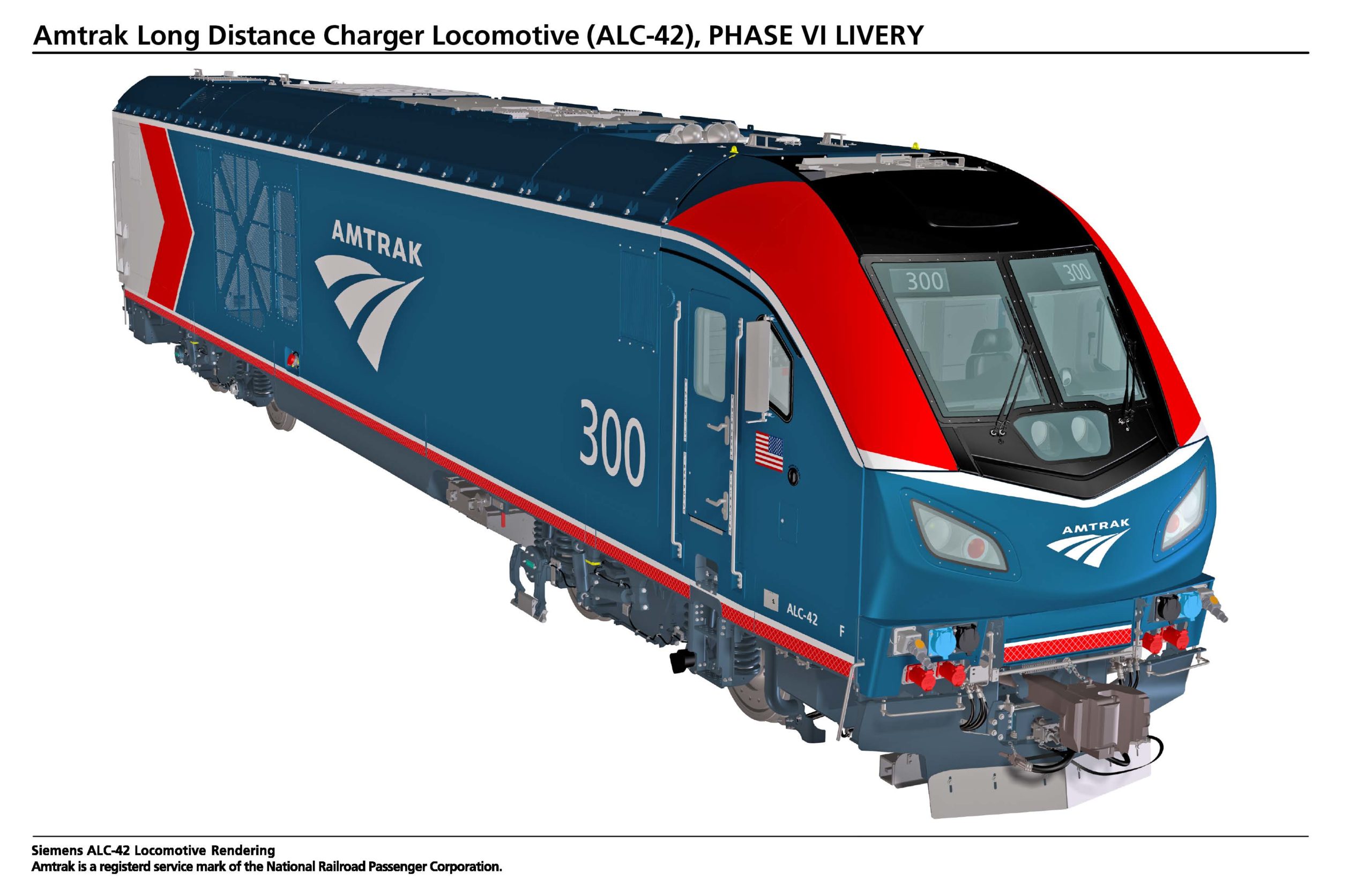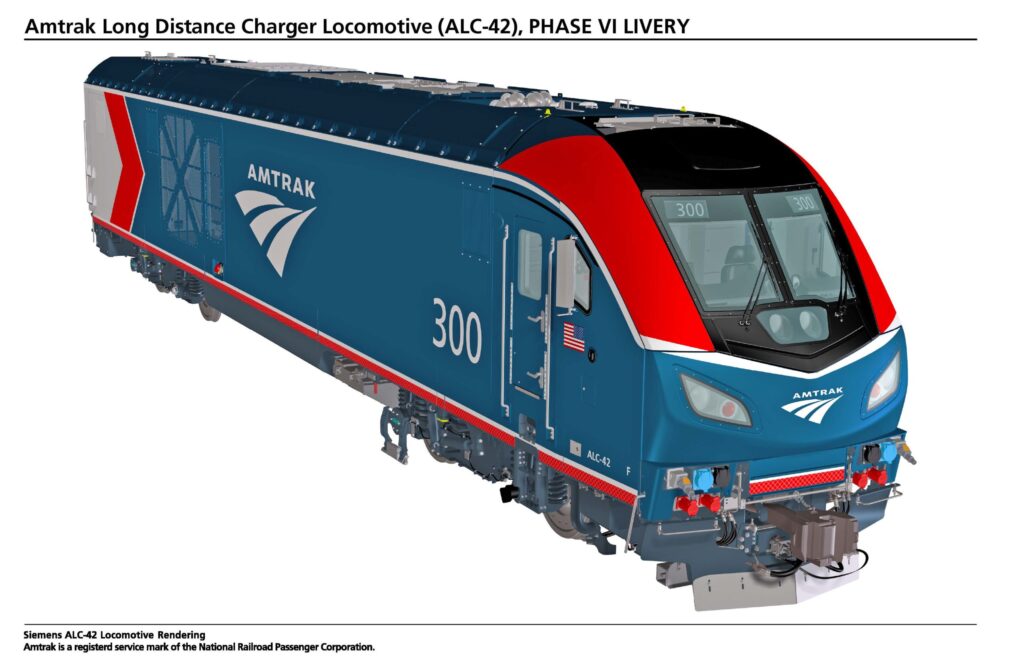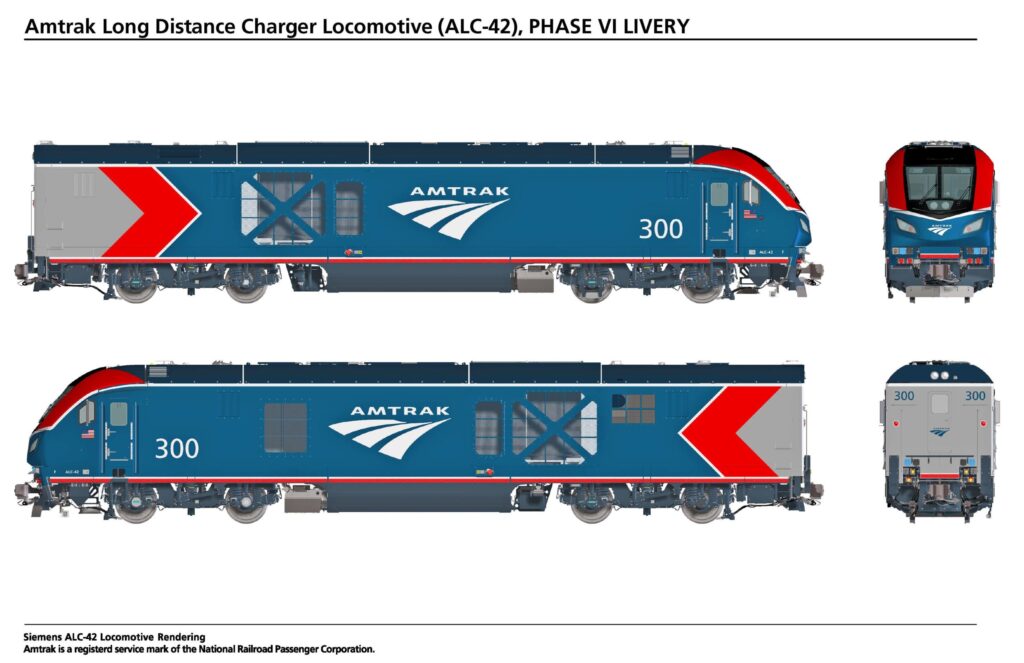- Battery-powered tram offers major benefits of requiring no overhead wires or other electrified infrastructure – saving on costs and visual impact
- On-board batteries allow energy to be additionally recovered during breaking
- Trial in Florence aims to allow mobility firm to offer battery-trams globally
- Tram adds to the growing list of battery products being developed as Hitachi puts decarbonisation and sustainability at the heart of its global strategy
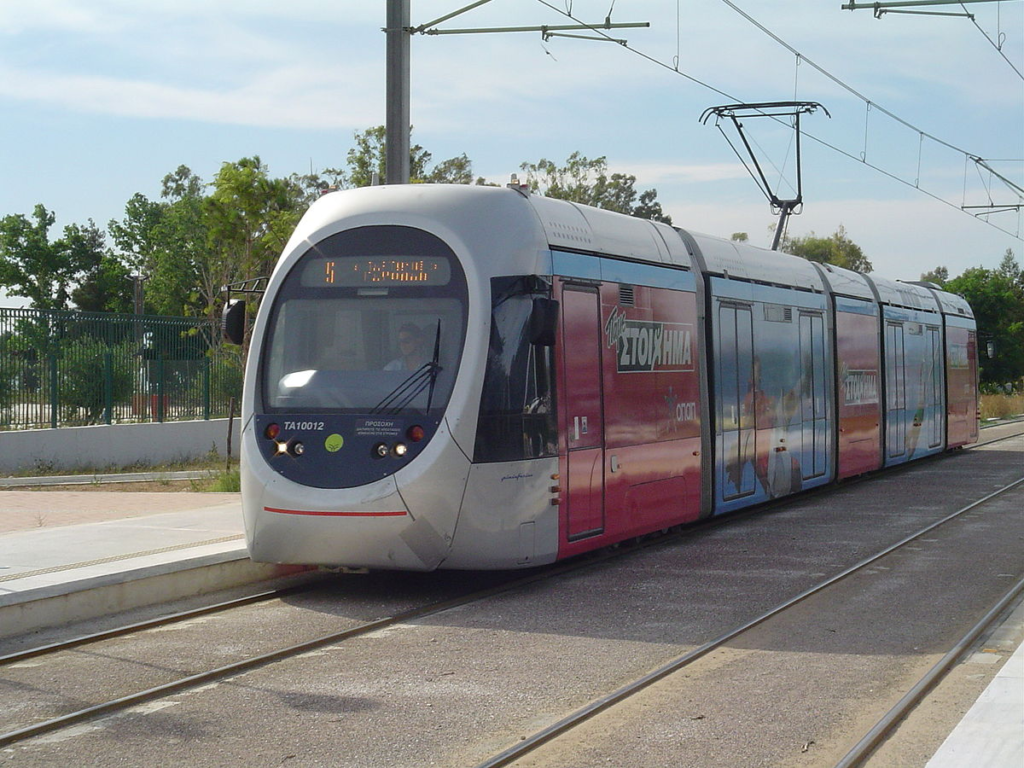
Hitachi Rail has successfully tested its first battery-powered tram in Florence – an important milestone towards expanding the firm’s offer to market the vehicles across the world.
While traditional tram lines require electrified infrastructure – usually overhead wires supported by poles or pylons – that are expensive to install and visually unattractive. Battery trams offer the opportunity to run high capacity public transport through city centres, while saving millions on installing wires and reducing the visual impact on beautiful historic streets, like Florence.
The trial involves installing battery packs on an existing Hitachi-built Sirio tram, which covered a section of the line under battery power. The innovation allows power to be returned to the batteries when the train breaks, reducing the overall amount of energy consumed and protecting the environment.
This news is the latest in a number of announcements from the global mobility firm as expands its sustainability credentials and its zero-carbon offer to its customers around the world. Hitachi recently announced the trial of a battery train in the UK and delivery of hybrid trains in Italy, having built one of the world’s first battery powered train fleets that operates in Japan.
Hitachi has a rich heritage of building trams and tramways in Europe and in Asia, and is involved in new tram and metro infrastructure projects in the Americas and in the UK.
Andrea Pepi, Head of Sales and Projects Italy, Hitachi Rail said: “Our aim is to use our technology and our work to help build a sustainable society and contribute to the well-being of people around the world by improving their quality of life.”
“This is a key milestone as we pioneer this new technology that allow us to work with our customers to reduce infrastructure costs while still offering environmentally-friendly public transport. We hope this successful trial in Italy creates new opportunities for us across the world.”
The Mayor of Florence, Dario Nardella said: “We are happy that Hitachi Rail has chosen the tramway in Florence to test this innovation. Battery-powered trams can revolutionize this type of service within cities. Public transport, especially in historic centers, will have to be less impactful and increasingly sustainable. This marks another significant step forward for the tramways in Florence.”

